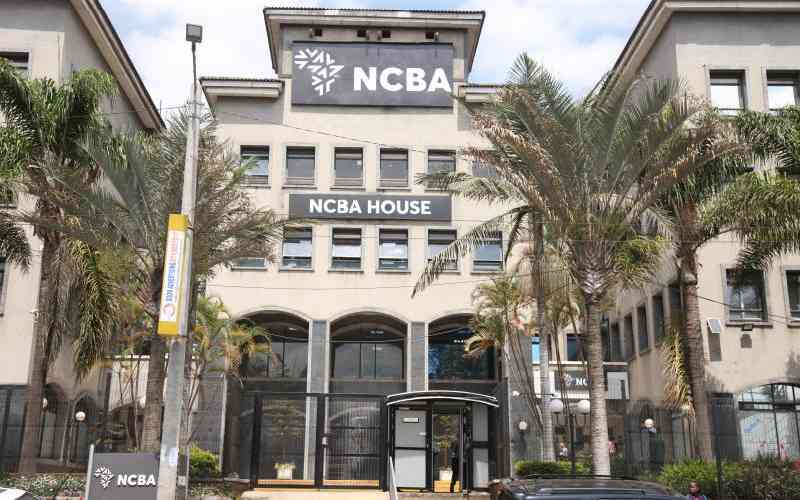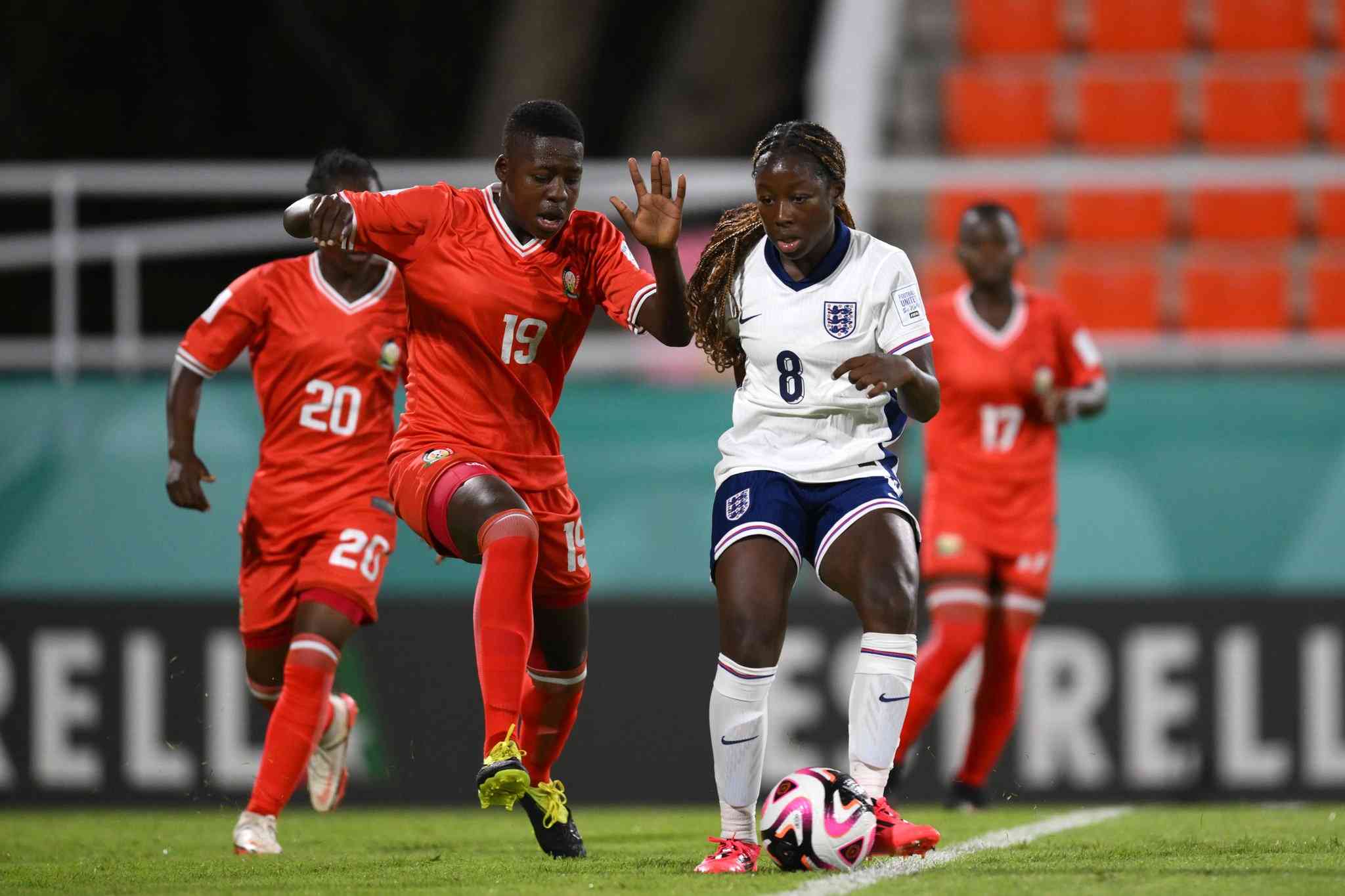Labouring and giving birth in a water pool is a new concept gaining prominence locally. It is said to offer a horde of benefits to mother and child, writes Peter Muiruri
When Carrie Ndoka went to labour for the birth of her first child, the pain was unbearable. The situation was not made easy by a visit to the hospital. The attending doctor was in such a hurry to deliver the baby and travel upcountry.
“He told me he was ending his shift and needed to deliver the baby in the quickest time possible. That put me under a lot of pressure, resulting in much trauma. However, I had little choice due to what I had already gone through,” says Carrie.
For her second birth, Carrie chose to do things differently. She had heard from her friends about a less stressful process of delivering a baby in water, an experience she was eager to try. An experienced midwife arranged for Carrie to have a home delivery under water.
Less stressful
“The experience was so relaxing and personal. There was less pain due to the soothing effects of the warm bath with my mind and body at rest. My sister-in-law had gone through the same process a few months earlier, giving me the much needed emotional boost,” say Carrie.
Water birth is the process whereby a mother chooses to labour and deliver her baby under a tub of warm water. Alternatively, she can decide to labour in the water and get out for a normal delivery under the watchful eye of several nurses.
The theory behind underwater birth is quite simple. Since the baby has been in the amniotic fluid for nine months, being born in similar environment becomes natural for the baby and less stressful for the mother. Newborns, it is said, are born swimmers owing to their previous experience in the womb.
Proponents of this process say the procedure reduces labour and delivery complications most of which are brought about by stress.
The rare process that is being practiced in developed countries is slowly gaining currency in Kenya, a country that has only known the conservative method of childbirth. One institution, The Royal Gardens Hospital in the heart of Lavington has pioneered the water birth process, thereby taking reproductive health to new heights.
Irene Silantoi has been working in the reproductive health sector for the last 18 years, most of them as a midwife. She says the birth of a child is one of the most intimate moments for a mother and needs the utmost preparations. The modern career woman, she says, requires personalised delivery process that relieves stress.
Emerging trends
“We have a well-informed public with the advent of advanced technology. Mothers in Kenya can see how reproductive health procedures have evolved over time,and we have to catch up with the rest of the world by introducing such emerging trends in our health system,” says Silantoi.
As any women will testify, labour pains are among the most intense that a woman will have to experience. Silantoi says any woman will appreciate any help that would reduce the pangs with the underwater birth coming in handy.
“Labour pains come from the back towards the front and into the pelvic area. The Jacuzzi like tub gives the much-needed massage throughout the labour process. Just like swimming, the buoyancy lessens a mother’s weight allowing her free movements, which means she can give birth in any position as opposed to only one during a normal hospital delivery. The warm water relaxes the mind and muscles resulting in less wear and tear to the body during delivery,” she says.
Stay informed. Subscribe to our newsletter
Studies done in other countries reveal that such buoyancy promotes efficient uterine contractions and improved blood circulation. It is also said to accelerate the production of endorphins, which serve as pain-inhibitors.
Natural way
According to Nerea Ojanga, the assistant chief nurse in the reproductive health department at Kenyatta National Hospital, more and more women should be encouraged to go through water birth owing to its many positive aspects. Ojanga has 30 years experience in the reproductive health sector.
“There is nothing better than a relaxed woman during labour and delivery. Just like a warm bath that soothes you after a hard day’s work in the office, both mother and baby are more relaxed in the warm water. Being in water is likely to help the mother go with her contractions, so that they are less stressful for her and the baby. It has been noted that women who are restless give birth to smaller babies. We want to make the baby’s journey to the outside as comfortable as possible,” says Ojanga who first saw the procedure in Oslo, Norway.
The process, she says, helps the baby come out of the birth canal in the most natural way as opposed to having several birth attendants manoeuvring the baby when the mother is lying down on a bed.
“Water birth is an enhanced process from the traditional one where our mothers in the countryside used to squat supporting their perineum with one of the three firestones,” she adds.
Ojanga says some women approach childbirth with wrong expectations, with others fearful of the whole experience, leading to accumulation of stress for the baby too.
“We have cases of some mothers coming to the prenatal clinic with their car engines still running in the parking yard. They want to be attended to in a hurry so that they can get back to their hectic routine. Such restless mothers will not be relaxed during the ensuing labour, thus prolonging the entire process and giving birth to a tired baby,” says Ojanga.
Some mothers have been reluctant to embrace the procedure out of fear that it would result in a child drowning. However, those in favour of the process point out to the fact that the tub is just a big replica of the womb where the baby had swimming lessons for months.
Experts in the field also say water birth is comfortable for mothers living with disabilities since their mobility in water is much easier than in the conventional delivery process.
As we visited to the boutique hospital, several women in different stages of pregnancy were on a tour of the facility to evaluate the water birth setup.
Boutique hospital
Like a hotel, the hospital gives a prospective mother, her labour partner and other family members several accommodation options to choose from. These range from the standard rooms, VIP rooms to private cottages with minimal disturbance from the outside world.
“Such comforts are meant to give the mother the comforts of her own home, while under the care of a hospital. It makes her stay less intrusive as she is able to choose the provisions she wants. In addition, a mother can even come with her family, who can be accommodated in the hospital for the duration of the delivery process,” says Anna Bezold, an independent midwife.
According to Bezold, it is mandatory for delivery rooms in Europe to be equipped with water baths for those who opt for the same.
“Some may talk about the cost, but the price is all inclusive of such services. In any case it is better to give our women ‘an alternative method of delivery,” adds Bezold.
 The Standard Group Plc is a
multi-media organization with investments in media platforms spanning newspaper
print operations, television, radio broadcasting, digital and online services. The
Standard Group is recognized as a leading multi-media house in Kenya with a key
influence in matters of national and international interest.
The Standard Group Plc is a
multi-media organization with investments in media platforms spanning newspaper
print operations, television, radio broadcasting, digital and online services. The
Standard Group is recognized as a leading multi-media house in Kenya with a key
influence in matters of national and international interest.
 The Standard Group Plc is a
multi-media organization with investments in media platforms spanning newspaper
print operations, television, radio broadcasting, digital and online services. The
Standard Group is recognized as a leading multi-media house in Kenya with a key
influence in matters of national and international interest.
The Standard Group Plc is a
multi-media organization with investments in media platforms spanning newspaper
print operations, television, radio broadcasting, digital and online services. The
Standard Group is recognized as a leading multi-media house in Kenya with a key
influence in matters of national and international interest.








